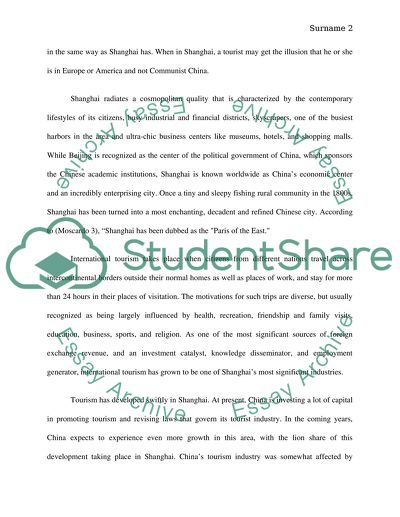Cite this document
(“Socio-Cultural Impacts of Tourism on Shanghai Research Paper”, n.d.)
Retrieved from https://studentshare.org/tourism/1468606-socio-cultural-impacts-of-tourism-on-shanghai
Retrieved from https://studentshare.org/tourism/1468606-socio-cultural-impacts-of-tourism-on-shanghai
(Socio-Cultural Impacts of Tourism on Shanghai Research Paper)
https://studentshare.org/tourism/1468606-socio-cultural-impacts-of-tourism-on-shanghai.
https://studentshare.org/tourism/1468606-socio-cultural-impacts-of-tourism-on-shanghai.
“Socio-Cultural Impacts of Tourism on Shanghai Research Paper”, n.d. https://studentshare.org/tourism/1468606-socio-cultural-impacts-of-tourism-on-shanghai.


